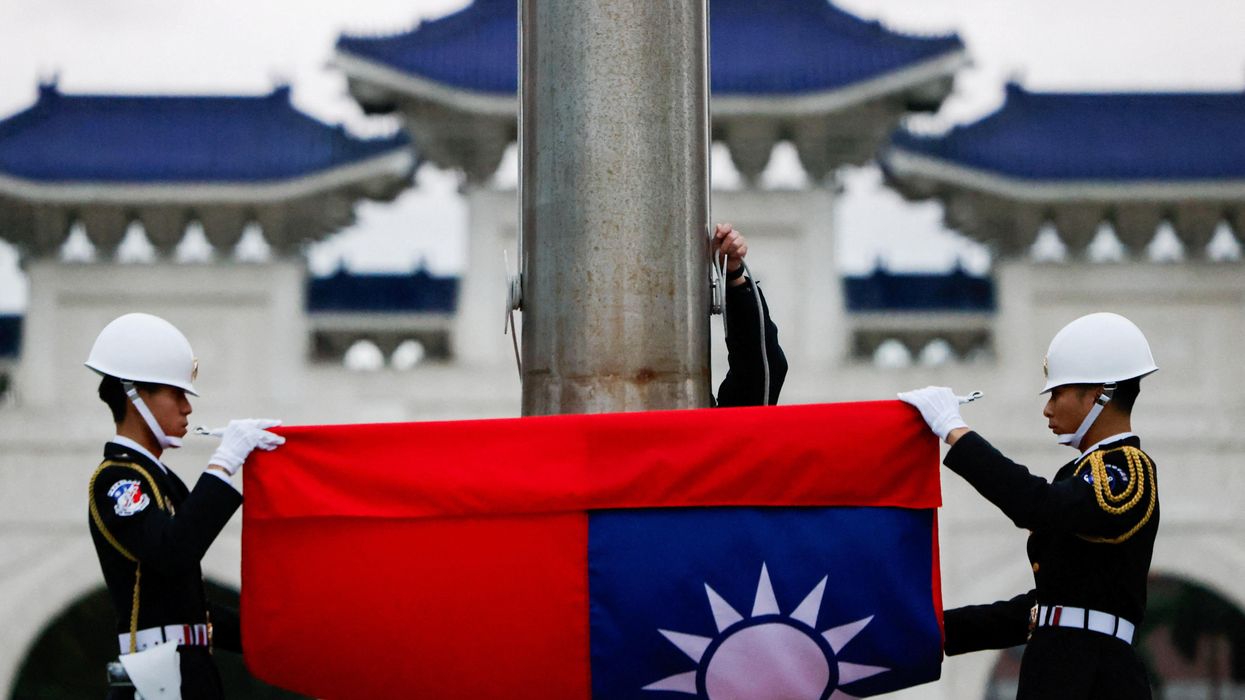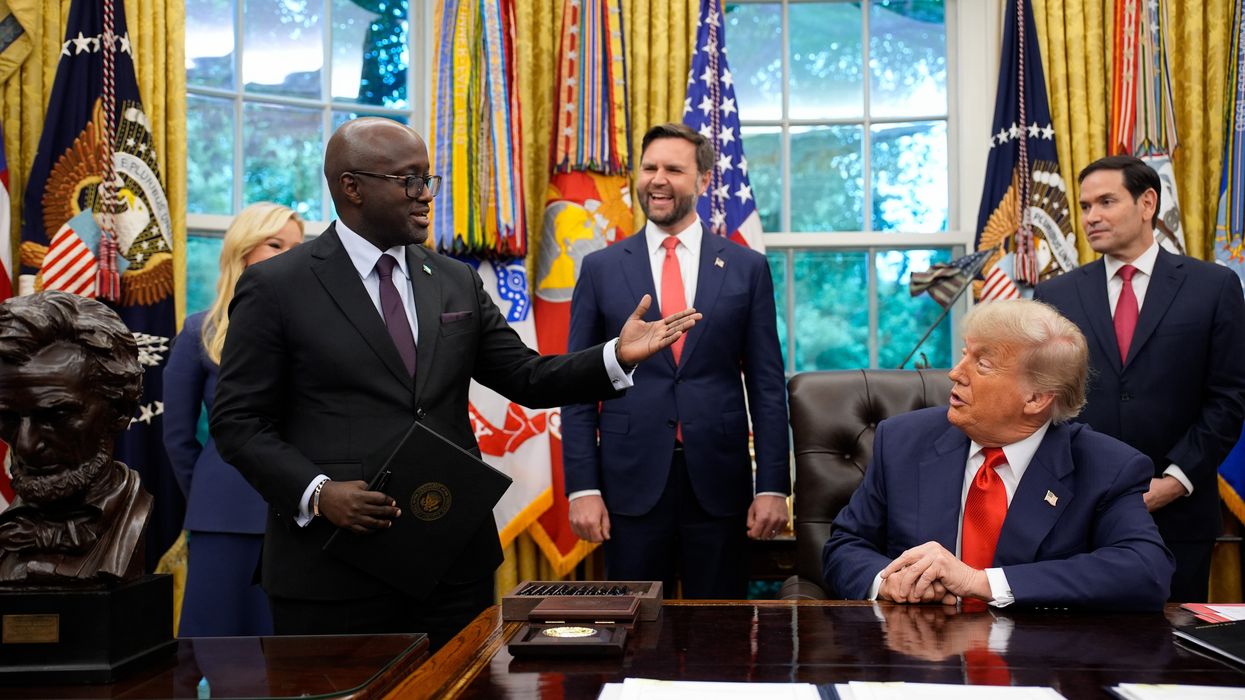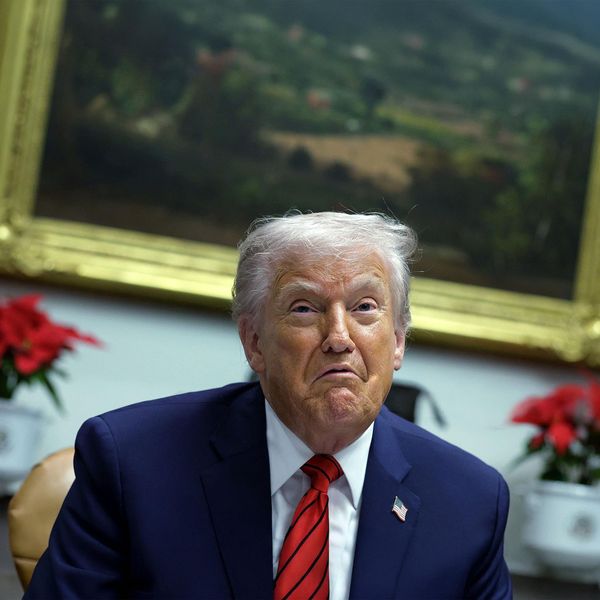For years, governments and analysts have underestimated the Houthis’ tenacity and capabilities. This is despite the fact that for nearly two decades the Houthis have out-fought more numerous and far better equipped rivals. To Saudi Arabia’s and Yemen’s grave misfortune, the government of Saudi Arabia persisted in this miscalculation when it decided to launch “Operation Decisive Storm” in March 2015.
What was to be a quick success against a “weak” and ill-equipped enemy turned into a six year long and counting quagmire. Instead of defeating the Houthis, Saudi Arabia’s war in Yemen has only forced them to evolve into a more efficient and capable fighting force. Now, the end game for Saudi Arabia’s war in Yemen and for those forces it supports—namely Yemen’s internationally recognized government (IRG) — is fast approaching.
For much of the last three months, the Houthis have steadily seized territory that was held by forces nominally allied with the IRG. The Houthis and their tribal allies have consolidated control of much of the keystone governorate of al-Bayda, south of Marib. At the same time, the Houthis have taken over key districts in the neighboring gas rich governorate of Shabwa. In the governorate of Marib, the Houthis have seized most of the high-ground around Marib city, which is the de-facto capital of Yemen’s IRG.
Despite fierce resistance from some Marib based tribes, who support—to varying degrees—the IRG, Houthi forces have pushed toward the western and southern edges of the city. On September 23, the Houthis successfully targeted the al-Khashinah military base with missiles. A ground assault followed the missile attack on September 26. Al-Khashinah base, which is located south of Marib city in the al-Jubah district, is a vital re-supply point for IRG and Saudi backed forces. Concurrent with the attack on the military base, the Houthis also fired missiles at targets within Marib city. The house of Marib’s governor, Sultan al-Erada, was one of the sites that were destroyed by the Houthis’ missiles.
Beyond Yemen’s borders, the Houthis are using ever more sophisticated drone and missile attacks to pressure Saudi Arabia into continuing to pursue unilateral negotiations with the Houthi leadership. In August, the Houthis successfully targeted Abha airport in Saudi Arabia’s Asir province. The attack, which involved a missile and multiple drones, wounded eight people and damaged a parked commercial aircraft. On September 4, the Houthis launched a missile attack on a target in Saudi Arabia’s oil rich Eastern Region. The missile, which the Saudis claim they intercepted, traveled over a thousand kilometers from its launch site within northern Yemen.
These attacks along with the most recent attacks on targets in Marib show that the Houthis, with help from Iran, continue to develop missiles and drones that are more accurate and have longer ranges. While Saudi air defenses intercept most of these drones and missiles, the cost of doing so is tremendous. The drones and missiles manufactured by the Houthis are low cost compared with what Saudi Arabia is forced to spend on air defense. These costs and the inevitable failed interceptions will increase as the Houthis develop more sophisticated drones and missiles.
While the Houthis’ use of drones and missiles is a key part of their strategy to win in Yemen, they are far from fundamental to the Houthis’ success. The Houthis prioritize negotiation—at least within Yemen. Their leadership, like any workable government in Yemen, knows that negotiated settlements are key to gaining tribal allies. Without these tribal alliances, no one group can control northern Yemen or Yemen as whole.
Winning without fighting is a core tenant of Houthi strategy. However, when negotiations fail, the Houthis are quick to launch well-coordinated ground offensives followed by more attempts to negotiate alliances. The Houthi approach in much of Yemen is to offer a carrot, then a stick, then another carrot, and finally a club.
This approach, combined with the Houthi’s military acumen, has helped make them the most formidable political and military force in Yemen. Their primary rival, the IRG, and the loose coalition of tribal and political groups that back the IRG, have long struggled to defeat the Houthis on the battlefields around Marib and elsewhere, even though many of these groups are well funded, equipped, and trained by Saudi Arabia. IRG allied forces also enjoy close air support from the Royal Saudi Air Force. Rather than strengthening the IRG, Saudi support has–in many respects–impeded the development of a viable alternative to the Houthis.
Much like U.S. support for the former government of Afghanistan, the unchecked flow of money and weapons from Saudi Arabia to its proxies in Yemen has fostered dependency, endemic corruption, and inefficiency. This blank-check approach to funding and backing allies and proxies rarely results in the creation of durable governments and armies. This is especially the case when such governments and forces face a determined enemy that is both militarily capable and deeply rooted in the socio-cultural fabric of a country.
This is not to say that the Houthis do not also suffer from corruption and inefficiencies. Corruption is a major problem within the broader Houthi organization. However, it is limited by necessity. The margin of error for groups like the Houthis and the Taliban is narrow. If they make too many mistakes, or if they keep making the same mistakes, they will be defeated by their better equipped and better funded enemies.
Now, the endgame for their primary opponent, the IRG, is approaching. The Houthis, as per their strategy, are simultaneously negotiating with tribes while continuing to press forward militarily. At the same time, the Saudi government is reducing its support for the IRG and their allies. Cracks in the tribal alliances that support the IRG are widening. Tribal leaders know the IRG is weaker than ever and are preparing to secure their interests and those of their constituents ahead of what many think is an imminent Houthi victory in Marib. There is little doubt that the Houthis will take control of the governorate of Marib. Such a takeover may happen in six days or six months, but regardless of when it happens, it will end what little viability the IRG has as a government.
After six years of war in Yemen, there is little hope that any force within Yemen or outside of Yemen is going to militarily defeat the Houthis. Much like the Taliban in Afghanistan, only the Houthis can defeat the Houthis. At some point in the near future, the Houthis will have to pivot from war fighting to real governance and deliver services, economic opportunity, and security to those Yemenis who live under their control. If they fail to deliver, which is likely, their military skills will not save them.
















